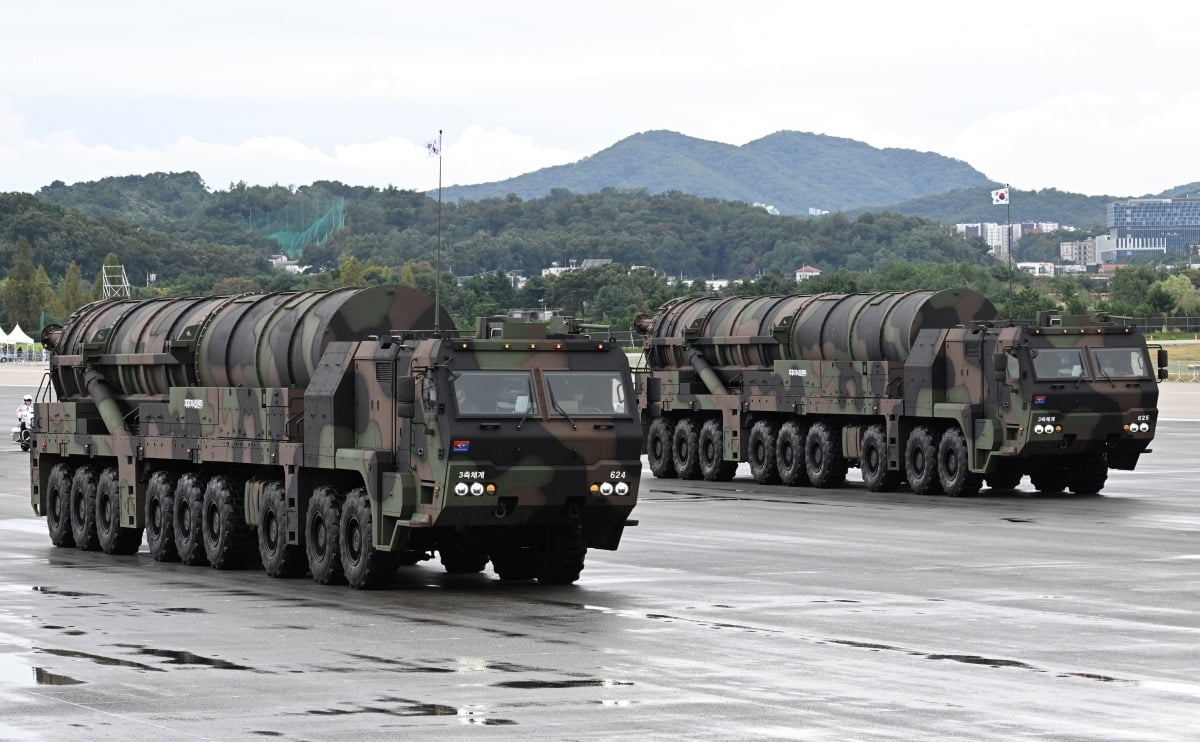By Gu Min Chul
Copyright defence-blog

As the Trump administration prepares to release its first National Defense Strategy (NDS), debate in Washington is sharpening over the role of nuclear weapons in America’s alliances, particularly in Asia. Jennifer Kavanagh, a senior fellow and director of military analysis at the think tank Defense Priorities, said that while U.S. troop levels in South Korea may not change immediately, the long-term trajectory could force allies to reconsider their own nuclear options. Speaking with South Korean media on September 15, she drew attention to a shift among Pentagon strategists who believe “limited nuclear proliferation among allies may be acceptable.” This view, Kavanagh explained, reflects the thinking of so-called “restrainers,” a group of U.S. policymakers and analysts who oppose expansive overseas commitments. Among them is Elbridge Colby, the deputy undersecretary of defense for policy, who is leading the drafting of the NDS. Their perspective is that if U.S. forward deployments are reduced, Washington should be open to allies developing their own deterrent. The discussion represents a departure from decades of U.S. policy aimed at preventing nuclear spread, even among close partners. Kavanagh said, “When the world changes, treaties must be reconsidered,” noting that this principle underpins the willingness of some in Washington to tolerate nuclear capabilities for trusted allies like South Korea or Japan if U.S. commitments weaken. The possibility arises in the context of ongoing questions about the durability of U.S. security guarantees. President Trump has long pressed allies to increase defense spending and contribute more directly to their own defense. Critics argue that if American forces withdraw or reduce their role, Seoul may face pressure to pursue an independent nuclear arsenal. Concerns about South Korea’s nuclear path have surfaced repeatedly in Seoul’s policy circles, especially amid growing North Korean missile and warhead advances. For Washington, even a tacit acceptance of allied nuclearization would mark a profound strategic shift. It could undermine the Nuclear Non-Proliferation Treaty (NPT) and complicate U.S. relations with China and Russia, both of whom have opposed new nuclear states in the region. Supporters of this more flexible approach argue that allowing allied nuclear development might reduce the burden on U.S. forces while ensuring deterrence remains credible. They point to Poland and other European allies that have already sought stronger security guarantees, arguing that if America is unwilling to respond directly to incidents like Russian drone incursions, allies must take greater responsibility. Opponents warn that endorsing or tolerating new nuclear powers could destabilize alliances and trigger regional arms races. Japan, South Korea, and even Taiwan could reassess their defense strategies, potentially setting off a chain reaction of nuclear development in Asia. The NDS, now circulating in draft form within the Pentagon, is expected to prioritize China as the United States’ “pacing threat.” However, the inclusion of nuclear policy in discussions about force posture in Asia suggests the administration may leave open the question of allied deterrence. Kavanagh’s remarks highlight the stakes for U.S. allies. She suggested that short-term force levels in Korea may remain stable, but over the next decade Washington could reduce its permanent footprint. If that occurs, she warned, “investing in independent defense, including nuclear options, may be the only path to secure sovereignty.”